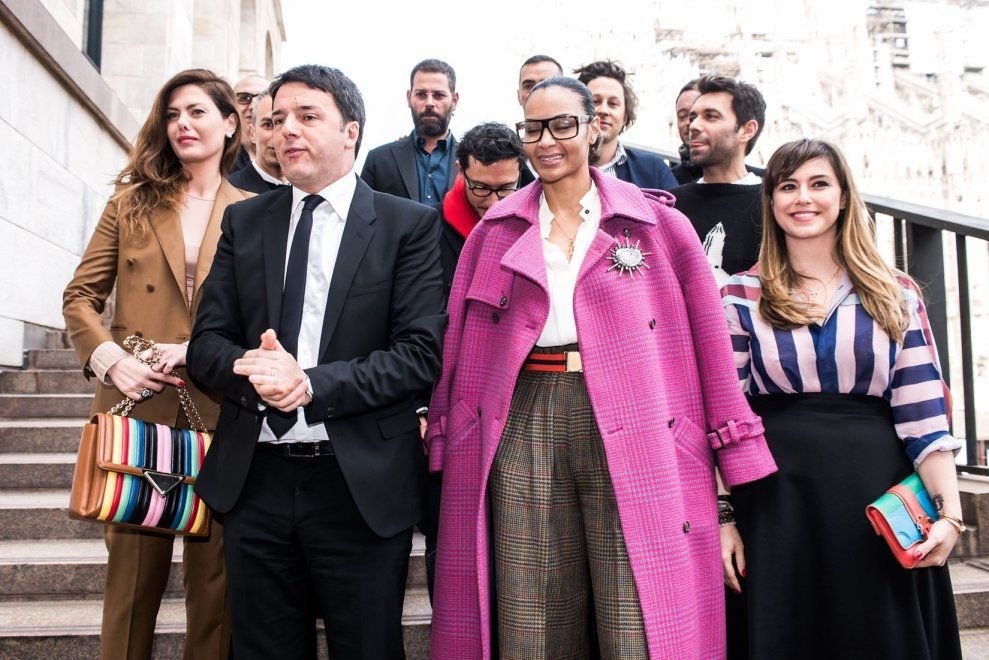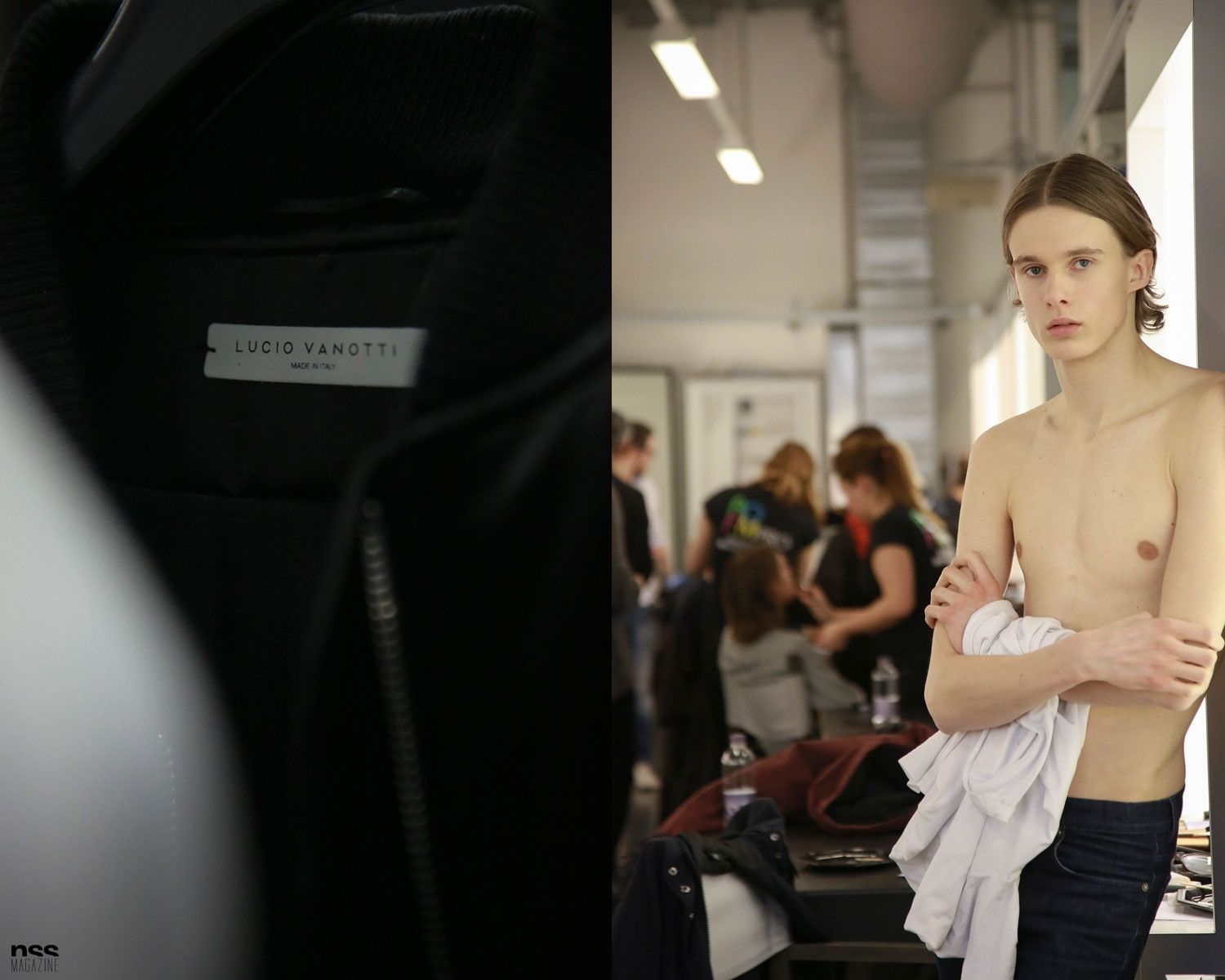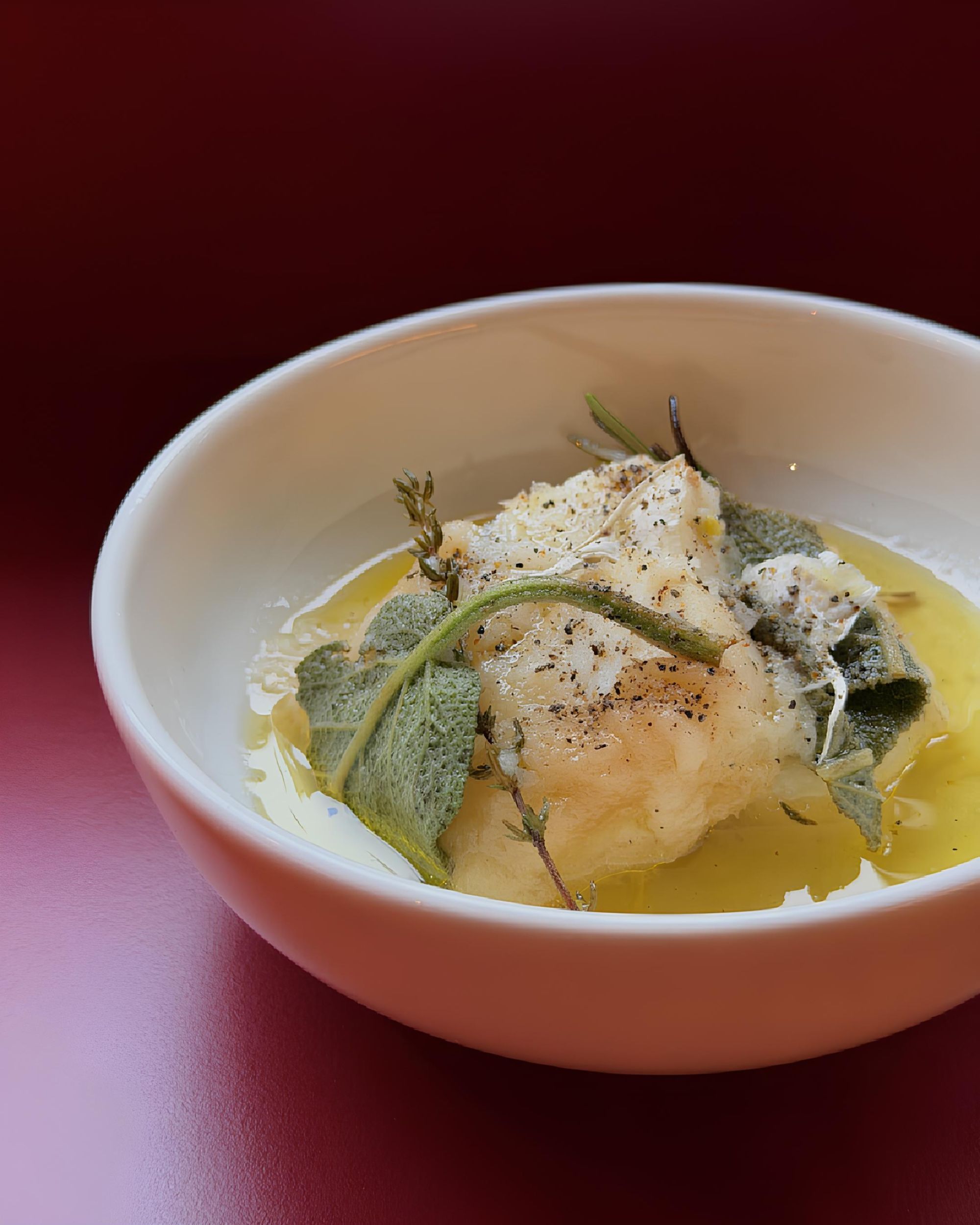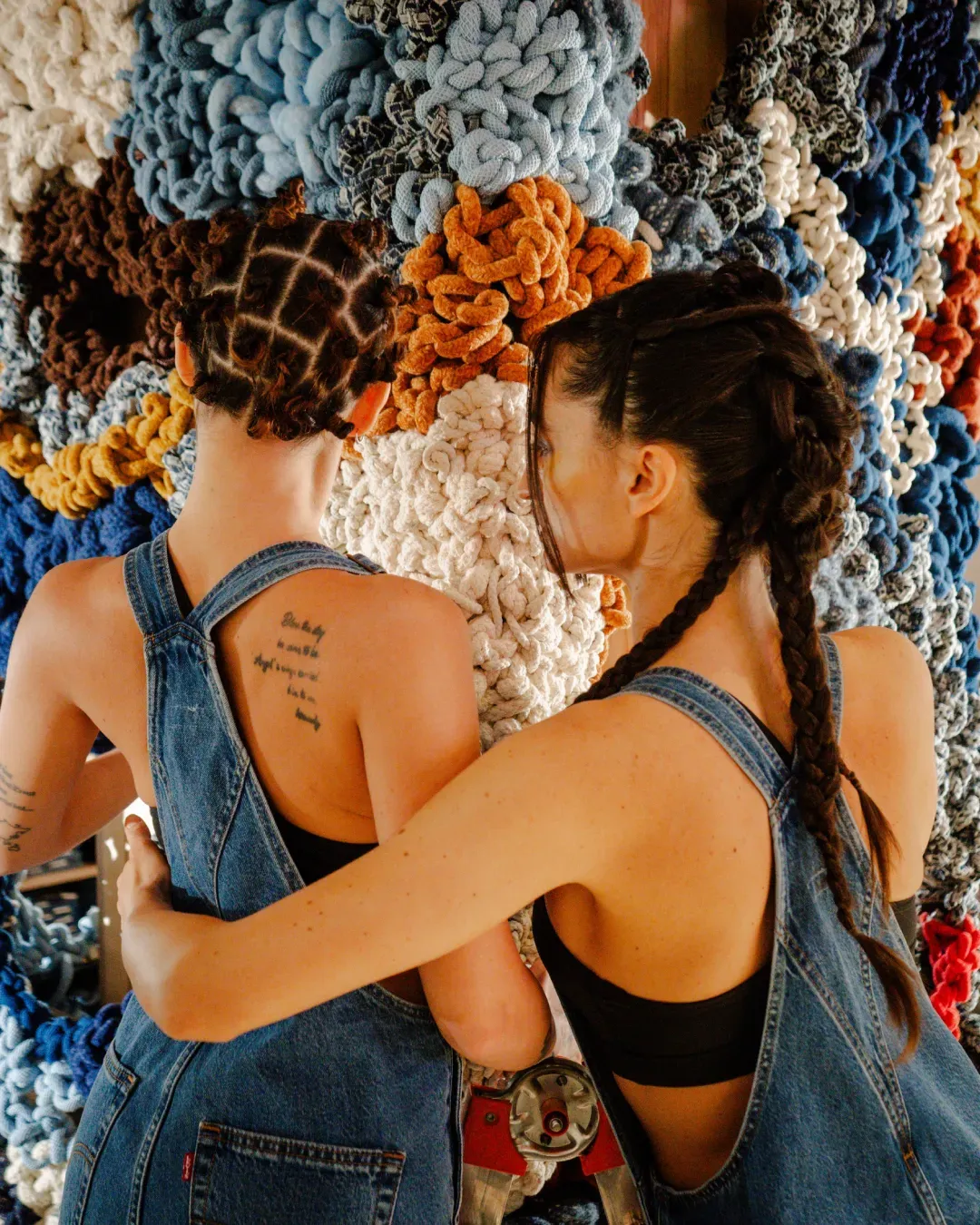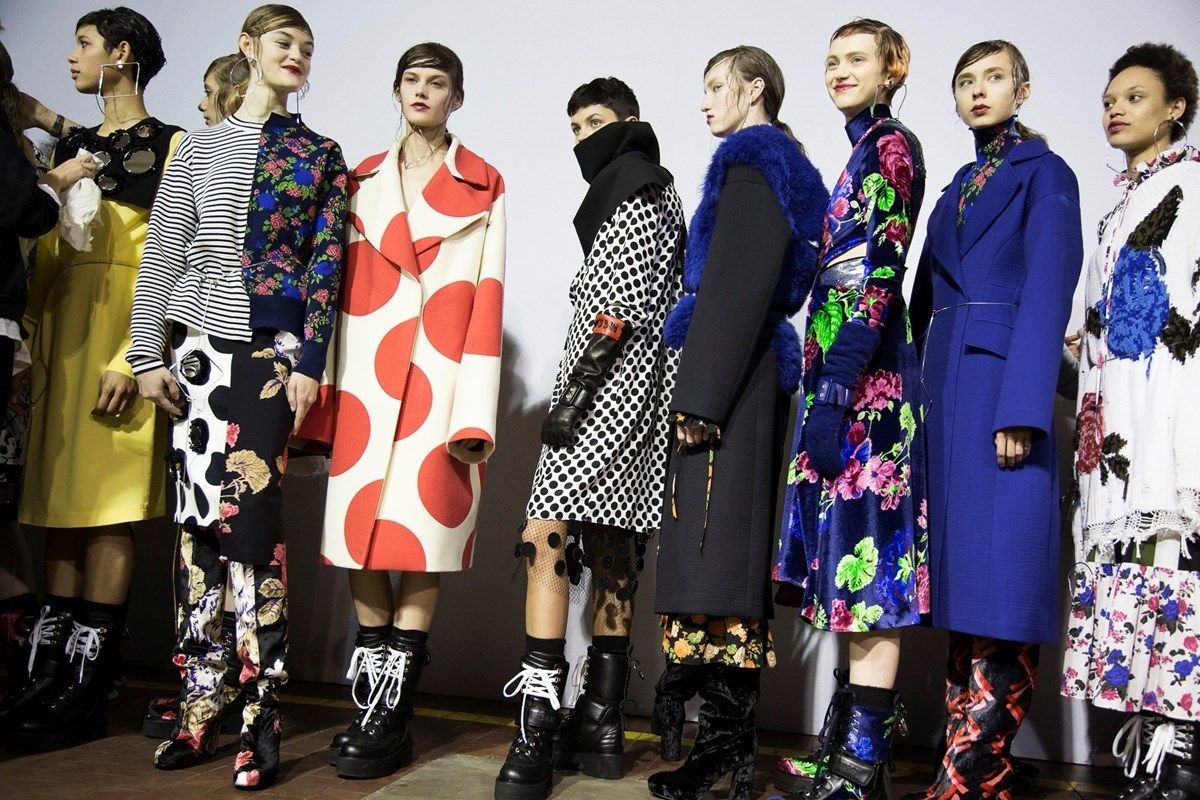
The Rebirth of Milan Fashion Week New fashion designers and economic strategies
There was a moment, a bad moment, where we thought that Italian Fashion was doomed. Milan Fashion Week came to a standstill and a lot of people got ready to write its epitaph. But they were wrong.
Milan Fashion Week has never been as prosperous as in the past year and this week has been the final proof of its renowned splendor. Hopeless nostalgics with an eye on their glorious past, Italians found the solution to creative stagnation by betting on new talents. The days when we rested on our laurels are over, Italian fashion has decided to reinvent itself through the most promising new names of the moment.
It's no coincidence the calendar of this Milan Fashion Week was dominated by new talents, who have been a breath of fresh air during the shows.
Alessandro Michele's case is a living proof of that, considering the success of his ideas at Gucci. In fact, the Italian house has regained its splendor, becoming one of the most popular brands of the moment. But there are also other examples that confirm the trend of Italian companies to support a modernization of their creative directions, like Alessandra Facchinetti for Tod's, Massimiliano Giornetti for Salvatore Ferragamo, Massimo Giorgetti (MSGM's founder) for Pucci and Lorenzo Serafini for Philosophy, Alberta Ferretti's second line.
However, there are also many other young talents that are gaining respect, drawing attention to Italian fashion and rejuvenating Made in Italy. Some examples are Marco De Vincenzo, Stella Jean, Fausto Puglisi (discovered by Dolce&Gabbana, after working with Whitney Houston and David LaChapelle in the United States) and Arthur Arbesser, Viennese designer based in Milan, at Iceberg woman creative cirection since June 2015.
If this army of new names is enough to fight Italian creative stagnation, we shouldn't forget also the many emerging talents who live behind mainstrem shows, who represent, for me, an interesting, innovative part of the new wave of Italian fashion. Think of Lucio Vanotti, Sunnei, Comeforbreakfast, Vivetta, Licia Florio, GCDS, EDITHMARCEL and Marios, just to name a few.
But why now? Why have new talents come out only in the past year? The answer is simple: because we decided to support and believe in them just now. This phenomenon is actually more complex and I think it could be split into two aspects, micro and macro:
- The first one includes all those events which support emerging talents and aim to give visibility and fair value to young designers. One example is Who Is On The Next?, promoted by Altaroma in collaboration with Vogue Italia, from which well-known names have emerged, like Giuseppe de Morabito and Greta Boldini. Giorgio Armani also wanted to contribute and support new talents by making his Armani/Teatro available to host an emerging brand every season.
- The second aspect, the macro one, is about recognizing the importance of Italian fashion to fight the Italian economic crisis. I'm not an expert in financial statements, but I can show you some numbers which estimate the Italian fashion industry has generate 64.5 billions euros in 2015, while it generated about 61 billions in 2014. Sky-high figures that have probably made politicians aware of the key role of fashion Made in Italy to relaunch the economic system of the country.
In fact, for the first time, the Prime Minister Matteo Renzi hosted Milan Fashion Week opening. He took part in the inaugural lunch with the most famous names of national fashion, saying: “Fashion is innovation or it is not fashion, fashion teaches us the future of Italy, which doesn't live of nostalgia, but with curiosity, more innovative than conservative, this is what fashion anticipates”.
The talian Government has also promised funding for the fashion system in 2016, through projects implemented by the Ministry for Economic Development and Ice-Agency. Without specifics, all you need to know is that 150 million euros are ready to be invested in Made in Italy, adding 260 million euros in 2015-16, destined to 200.000 companies belonging to the most important industrail sectors, of which 65 millions are for fashion and design.
One of the aims of Vice-Minister Carlo Calenda is to support Italian fashion schools, helping them to reinforce their power and their quality in order to make them at the same level of other schools like Central Saint Martins in London.
School education is an important theme for many Italian fashion designers, in particular for emerging ones, who have often reported the inability of some Italian schools to prepare their students for this work properly. Not only that, many times they have talked about difficulties to have a dialogue between big names of fashion and emerging realities.
It's true, fashion in Italy is not an easy game. Milan Fashion Week has always been dominated by the big players of luxury, which have left a space to new entries reluctantly, and new ideas and suggestions for changes have been hardly welcomed with enthusiasm.
But today things seem to have changed and it's just the beginning. A new generation of fashion designers is finally in the spotlight to take the reins of Italian fashion and to get it back to its renowned, undeniable glory.











































